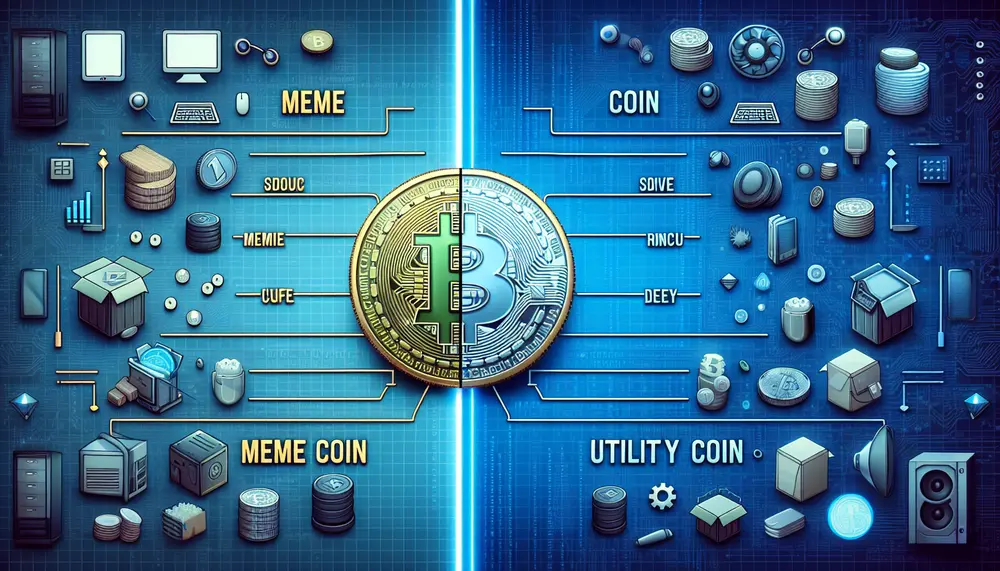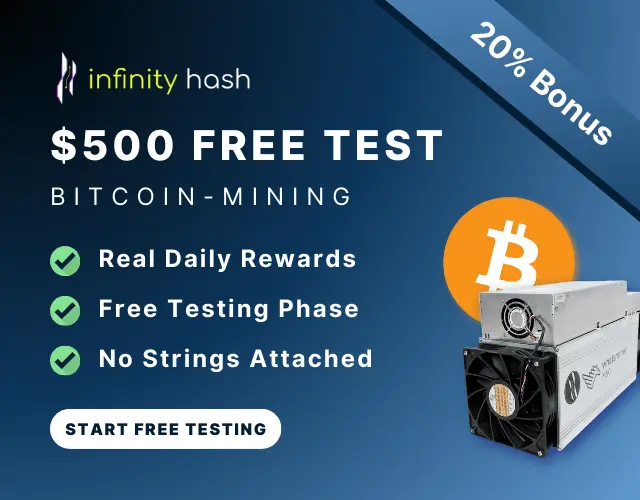Decentralized application
Decentralized application
Let us dive into the world of digital currency and unfold the concept of a Decentralized application, often referred to as DApps, specifically in the context of Bitcoin Mining. With Bitcoin Mining on the rise, understanding terms such as Decentralized application becomes crucial.
Understanding Decentralized Application: A Simple Definition
In simple terms, a Decentralized application (DApp) is an application that runs on a decentralized network, cutting out any middlemen. They are built on blockchain technology, the same technology that Bitcoin and other cryptocurrencies use. A DApp doesn't run on a centralized server, but on a P2P network of computers.
Decentralized Application and Bitcoin Mining: The Connection
The connection comes into play as Bitcoin Mining relies drastically on DApps. Bitcoin Mining is a decentralized process. Here, miners from all over the globe solve complex computational problems. This activity validates the transactions and adds them to the blockchain. This is where the DApps are crucial. They offer the interface for this process to take place.
Why Decentralized Applications?
The preference for DApps in bitcoin mining arises from their unique characteristics. DApps are open source, meaning their code is accessible to everyone. They run autonomously with the consensus of its users being the control factor. Most importantly, DApps data and records of operation are stored in a public, decentralized blockchain to avoid any central point of failure.
Concluding Thoughts
A Decentralized application forms an integral part of Bitcoin Mining, fostering its decentralized nature and promoting transparency. As we continue to delve into the exciting world of Bitcoin Mining, understanding terms such as Decentralized application will keep you at the forefront of this digital revolution.
Blog Posts with the term: Decentralized application

Mining USDT in Trust Wallet is a straightforward process that involves setting up the wallet, funding it with USDT, and connecting to a reputable mining pool. Trust Wallet's user-friendly interface, robust security features, and wide compatibility make it an excellent...

XRP, created by Ripple Labs in 2012, is designed for fast and cost-effective cross-border transactions using a semi-centralized ledger maintained by independent validator nodes. Unlike Bitcoin and Ethereum, XRP cannot be mined as all its tokens were pre-mined at inception;...

This article provides a comprehensive guide on using MetaMask for Ethereum mining, covering the setup process, connecting to mining pools, and optimizing configurations. By following these steps, beginners can efficiently start their Ethereum mining journey with enhanced security and performance....

Mining Verus Coin on your PC is cost-effective as it utilizes existing hardware and offers decentralized, fair distribution without an ICO or pre-mine. The coin's hybrid PoW/PoS consensus mechanism enhances security and efficiency, while the supportive community provides ample resources...

This article provides a comprehensive guide on the best Solana mining apps for Android, detailing their features and how to get started. It highlights top apps like Solana Miner - Money Faucet and Solana Cloud Miner, emphasizing user-friendliness, automated earnings,...

ETH mining withdrawal involves transferring mined Ethereum from a mining pool to your personal wallet, which is essential for security, liquidity, usage flexibility, and ownership. To withdraw ETH successfully, log in to your mining pool account, verify your balance meets...

This guide provides a comprehensive overview of solo mining Verus Coin, covering everything from understanding the cryptocurrency and its unique Proof of Power consensus algorithm to setting up your mining rig with appropriate software. It emphasizes the rewards and challenges...

Beldex staking allows users to earn passive income by holding BDX tokens in a wallet, supporting network security and efficiency through the proof-of-stake mechanism. To stake Beldex, you need at least 10,000 BDX, a configured wallet, a dedicated IP address...

Flux mining involves earning cryptocurrency by contributing to the network's security and efficiency, requiring specific hardware like powerful GPUs (e.g., NVIDIA RTX 3090) and software such as GMiner or LolMiner. Additionally, setting up a secure FLUX wallet is essential for...

Flux Node Mining allows participants to earn rewards by contributing decentralized infrastructure to the Flux network, with nodes categorized into Cumulus, Nimbus, and Stratus based on hardware requirements and collateral. This guide provides detailed steps for setting up a node,...

Ethereum mining originated from Vitalik Buterin's vision in 2013 for a blockchain that could support complex applications, leading to the launch of Ethereum with smart contract capabilities on July 30, 2015. The network's growth was fueled by an innovative crowdfunding...

The article provides a comprehensive guide to Alephium mining, explaining the benefits of joining a mining pool and detailing key factors such as fees, payout methods, hash rate, reliability, and community support. It highlights HeroMiners and the Alephium Official Pool...

The article provides an in-depth analysis of the profitability of Ethereum mining, covering essential factors such as costs (electricity, hardware investment, maintenance), and revenue generation. By understanding these components—power consumption rates, local electricity prices, necessary hardware like GPUs or ASICs,...

Meme coins, like Dogecoin and Shiba Inu, originated as jokes but gained popularity through social media and community support, often experiencing rapid price fluctuations. In contrast, utility coins such as Ethereum's ETH and Binance Coin (BNB) have clear purposes within...

Solana is a high-performance blockchain utilizing Proof-of-Stake (PoS) and Proof of History (PoH) for efficient, scalable transaction processing. Staking on Solana involves locking SOL tokens to support network security in exchange for rewards, requiring robust hardware like multi-core CPUs, ample...
